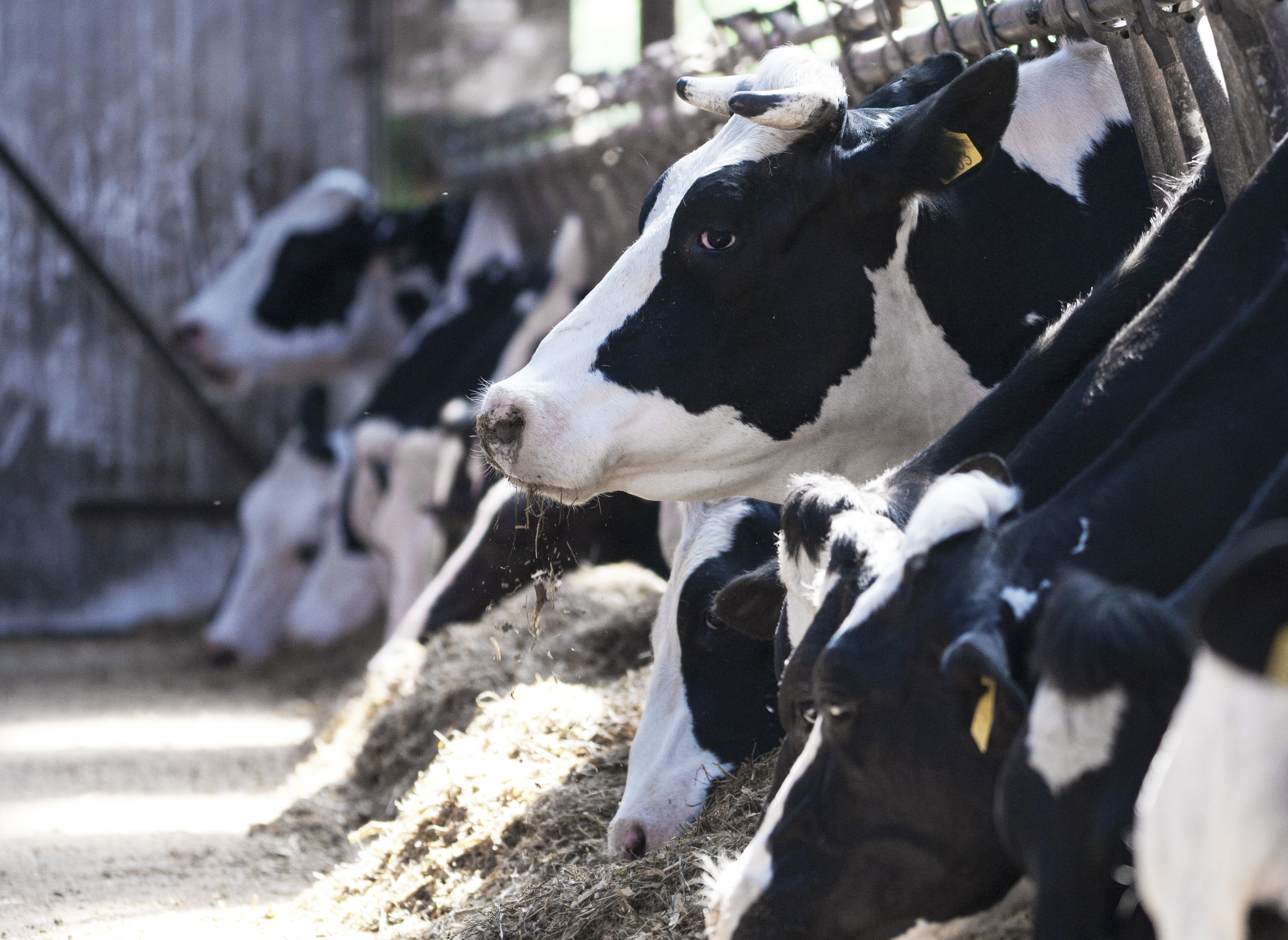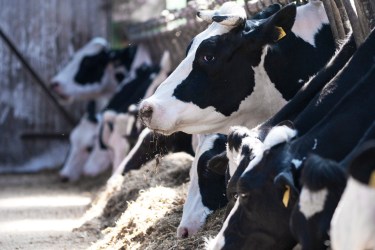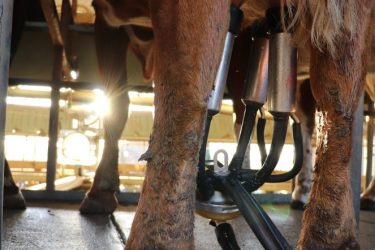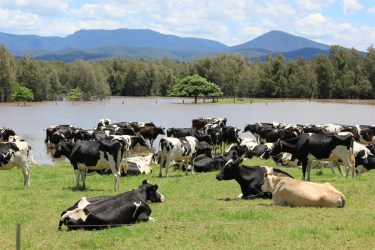By Emma Thompson
Looking closely at your margins can indicate how well your business has been performing and where the opportunities and threats may be. This then allows you to plan ahead.
Margins can move due to changes in physical performance, increased efficiency, price movements or a combination of all three. The latest results for the average UK Promar Milkminder herds up to the end of April 2019 show margins have moved due to continued improvements in physical performance and efficiency per cow.
Compared to the previous April, the Milkminder herds produced on average an extra litre per cow per day with higher milk protein percentages. At the same time they managed to reduce feed rate, down from 0.33kg/l to 0.30kg/l, all aided by a better spring. In the month they managed to produce more output from reduced inputs, so improving technical efficiency despite fears over forage stocks and silage quality.
This reflects a trend of improving technical performance. Looking at the whole year to April 2019, these herds produced 238 litres per cow while maintaining annual feed rate at 0.33kg/l.

But what happened to margins over the year? Despite the improved physical performance, annual MOPF per cow was static at £1,783 per cow. This is not because of any material change in rolling milk price, which increased slightly over the period. It is because feed of all types has cost more with the 12-month rolling average feed cost for the group increasing to 8.21ppl (27.7% of milk price) at the end of April 2019 compared to 7.52ppl (25.4%) at the end of April 2018.
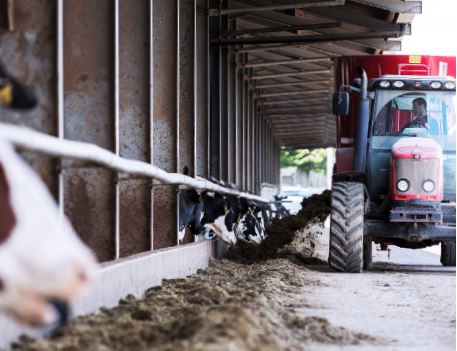
Plan to take control of feed costs
The data suggests the key question now is what can be done to take control of feed costs per litre? Hopefully we will be basing diets on more and better quality forages this winter which will affect purchased feed use. But what about feed price?
Whilst prices of several commodities have been weakening in recent weeks, they have also had days when adverse exchange movement has pushed them higher by as much as £10/t. The USDA has just slashed its forecast for 2019 output which will have an impact on cereals prices.
All this is heightened by the potential impact of the sort of withdrawal from the EU that we end up with… or not. A resultant weaker pound against the Euro and Dollar at any stage will push up many commodity prices.
A good rule of thumb is that a 10 cent swing in the £:$ exchange rate will move wheat prices by +/- £11/tonne, soya prices by +/- £22 and affect fuel prices at the pump by +/-3ppl.
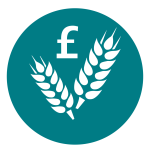
Given the current market and armed with an idea of how the silage season is unfolding, I have recently been having discussions with clients about buying forward and locking in at least some of their feed requirement for the next 12 months. This can help with budgeting and give a great deal of certainty, while meaning there is one less thing to have to constantly worry about.
The argument against locking-in is that prices may come back further which is true but equally they can go the other way too! Forward feed prices at the time of writing show relatively small upside to spot prices and we have been able to save anywhere from £10-20/t on last year’s prices, depending on how well feed was purchased last year. By comparison, the average Milkminder customer paid an average of £23/tonne more in the year to April 2019.
To put it into context. If our average Milkminder farmer who is feeding 2,710kg/cow was able to save £15/tonne, this would be worth £41 per cow. On their yield of 8,300 litres per cow, this works out at 0.49ppl, wiping out much of the increase in feed cost per litre seen in the last twelve months and before we do anything about feed rates based on better forages.
A conversation with your consultant about feed prices will be well
worth scheduling.




